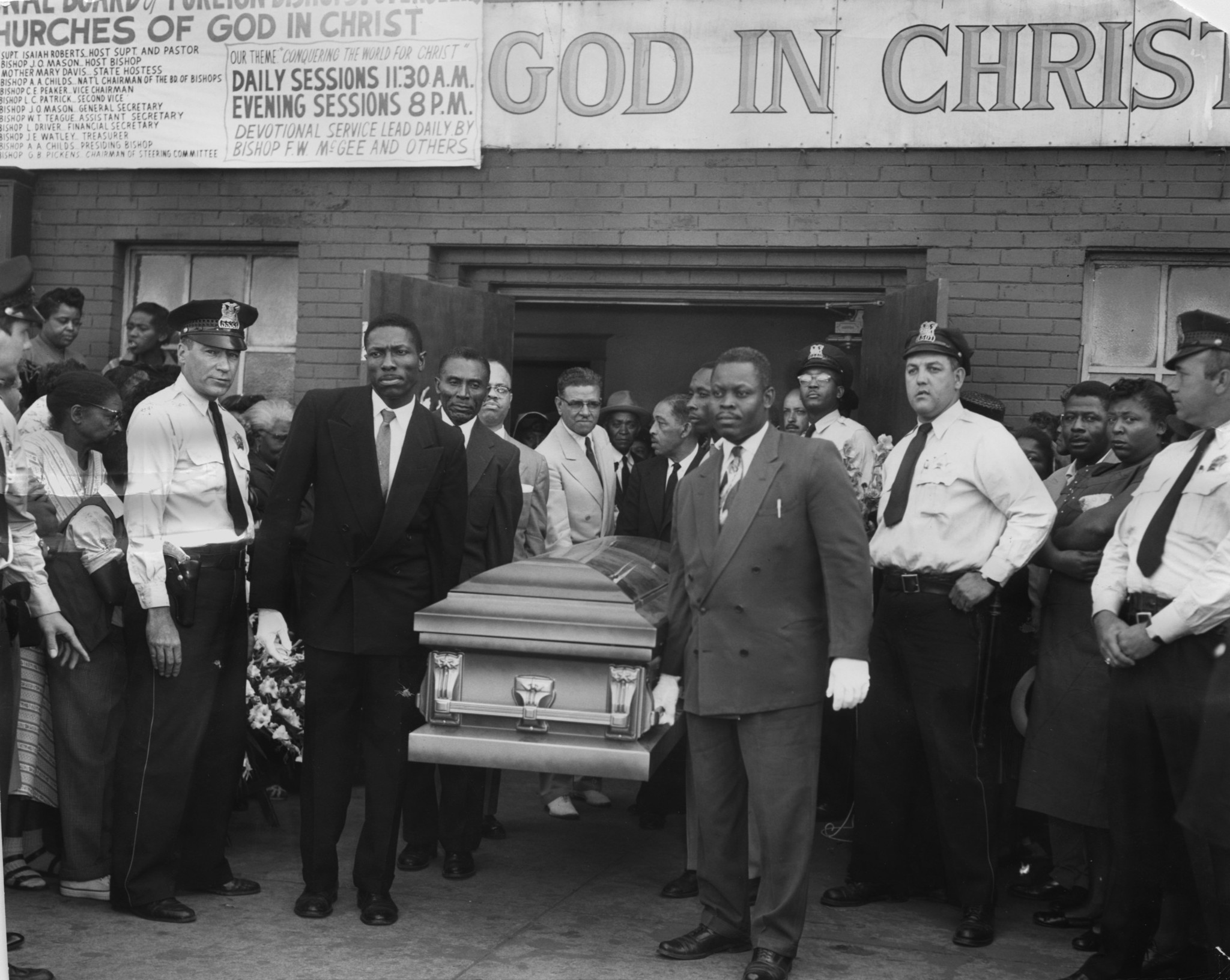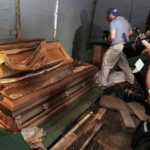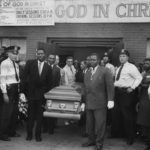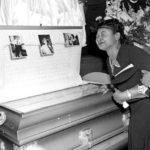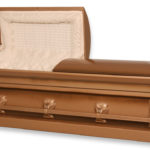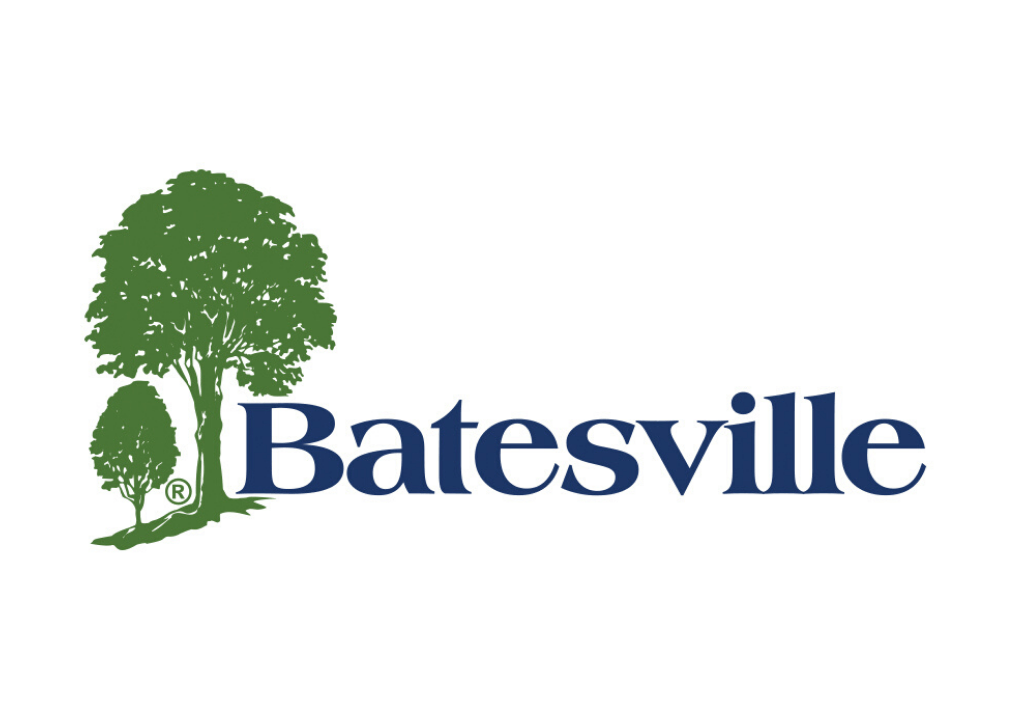Thacker Leads the Smithsonian’s Restoration of the Original Emmett Till Casket
Thacker Caskets recently completed a multi-year project to restore the original casket of Emmett Till, an African-American teenager murdered in 1955. Emmett Till’s case has been credited as a spark of the mid-century African American civil rights movement, bringing awareness to segregation issues particularly in the south. The restored casket is now a permanent exhibit at the Smithsonian’s National Museum of African American History & Culture in Washington, DC.
Till was an African American teenager from Chicago who was visiting family in Mississippi. Till was accused of whistling and flirting with the white wife of a grocery store owner, Carolyn Bryant. Four days later, Carolyn’s husband and half-brother kidnapped, beat and murdered Till before dumping him into the Tallahatchie River. He was found a couple of days later by two fisherman, his face unrecognizable. The murderers were later acquitted by an all-white jury.
Till’s body was shipped to his hometown of Chicago where his mother decided on an open-casket funeral. In her words, she wanted to “let the world see what has happened because there is no way I could describe this. And I needed somebody to help me tell what it was like”. The open casket brought not only awareness to this singular incident, but has also been described as a metaphor for segregation during that time in the racially charged south.
According to Smithsonian Magazine, seeing Till in the casket “motivated a lot of people that were standing what we call ‘on the fence’ against racism. It encouraged them to get in the right and do something about it.”
In 2005, Till’s body needed to be exhumed in order to reopen the case, and with state laws preventing burial in the original casket, it was eventually found in a shed at the cemetery. Eventually the Smithsonian’s National Museum of African American History and Culture acquired the casket through family donation.
It was released in January 2017, that during an interview conducted in 2008 with a historian writing a book on the case, Carolyn Bryant Donham had admitted she had lied about the claim that Till made advances towards her
Thacker has been involved with the casket restoration project since 2010 when museum curators simply visited Thacker’s facility to learn more about the funeral industry and caskets. After the Smithsonian decided to officially add the casket as an exhibit, the curators again reached out to Thacker, this time looking for help with the restoration of the casket.
“I visited the Smithsonian Research Center where I got to see the casket in its original state. The casket had been put into a shed and therefore it was rusted, discolored and the fabric had been in poor shape. The Smithsonian had disassembled it to do analyses on the entire casket including its paint, head panel, and even down to the fibers in the fabric” says Justin Thacker, Director of Manufacturing at Thacker Caskets. The casket was analyzed for about a year at the Smithsonian research facility where every original piece of the casket was cataloged by Smithsonian team members to ensure that the restoration was as period-correct as possible.
The casket was then shipped from Washington, D.C. to Thacker’s manufacturing plant in Florence, Alabama where the restoration work began. Justin Thacker and the museum conservators met in Alabama to begin the restoration process. The majority of the casket components and parts were restored directly by Thacker, but for those that could not be restored, Thacker used its network of connections in the funeral industry to find and source time-period casket components so the casket would be as original as possible. In addition, select members of Thacker’s sewing department worked diligently to sew the interior using a method specific to the time-period method that is not used in casket production today.
In a thank you letter to Thacker Caskets, a Senior Conservator referenced the restoration process and Thacker’s team, “We serially disrupted almost every section of the finishing department [specifically], but everyone was kind and gracious – and conscientiously worked to re-create the semblance of the original 1955 casket we sought.” They went on to note “I don’t know that it helps for everyone to realize that they are playing an important part in the regeneration of the American spirit, or that they have seen the finished casket before President Obama does on September 24th.”
“It was true honor to be working to restore the casket of Emmett Till, a civil rights case that I had read about in my high school and college American history classes,” said Justin Thacker who led the restoration effort on behalf of Thacker. “Our team at our manufacturing plant was honored to be a part of history in restoring the Till casket that is such a pivotal piece of African American history. This casket will be seen my millions of people and Emmett Till’s tragic story will continue to educate people from around the world as they visit the National Museum of African American History & Culture.”
In all, Justin Thacker and the team at Thacker Caskets put hundreds of hours into the casket that will be a permanent fixture at the National Museum of African American History and Culture, which opened on September 24, 2016.
Since 1939, Thacker has been committed to serving the funeral industry inclusive of the restoration efforts to this historically significant civil rights artifact. For more information on Thacker Caskets, please visit thackercaskets.com or call 800.637.8891.

